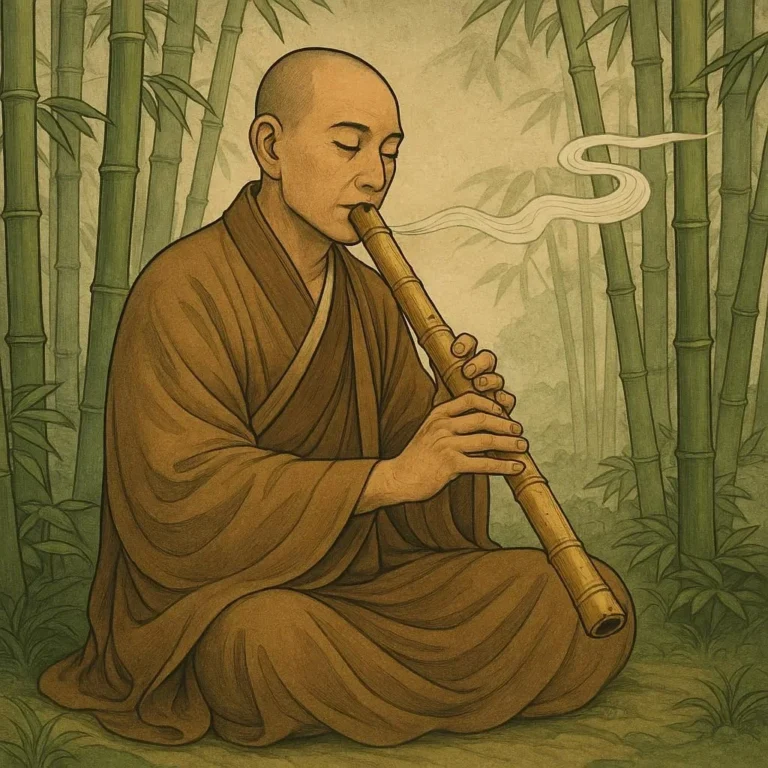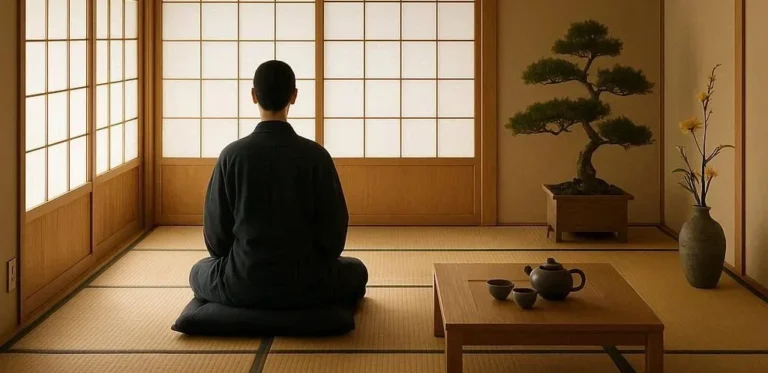504 views From Honor to Combat: Daily Life of a Samurai
The Daily Life of a Samurai: A Glimpse into Their World of Honor and Combat
The samurai, members of the warrior class in Japan from the 12th to the 19th centuries, are among history’s most fascinating figures. Their lives were defined by a strict code of honor, rigorous training, and unwavering discipline. Beyond their iconic swords and battles, the daily life of a samurai was a intricate blend of tradition, duty, and personal growth. In this post, we delve into the daily routines, cultural expectations, and historical context of these legendary warriors.
The Code of Bushido: The Foundation of Samurai Life
At the heart of a samurai’s existence was the Bushido, a code of conduct that emphasized courage, loyalty, veracity, and self-discipline. Bushido, which translates to “the way of the warrior,” was not just a set of rules but a philosophy that guided every aspect of a samurai’s life. From their interactions with others to their personal behavior, samurai were expected to uphold this code rigorously.
Key Principles of Bushido
- Rectitude (, gi): Adherence to moral principles and justice.
- Courage (, yū): The willingness to face danger without fear.
- Benevolence (, jin): Compassion and kindness toward others.
- Respect (, rei): Etiquette and politeness in all interactions.
- Honesty (, makoto): Truthfulness and integrity in word and deed.
These principles shaped the daily decisions and actions of samurai, ensuring that they conducted themselves with honor and integrity.
A Day in the Life: Morning to Night
The daily routine of a samurai was highly structured and varied depending on their role and social status. Some served as guards, others as administrative officials, and many were actively engaged in military campaigns. Despite these differences, there were commonalities in their routines that reflect their disciplined lifestyle.
Morning Routine: Preparation for the Day
A samurai’s day began before dawn with a series of rituals designed to prepare them for the challenges ahead. This included:
- Meditation and Reflection: Many samurai started their day with meditation to clear their minds and focus on their goals.
- Physical Training: Martial arts, archery, and sword practice were integral parts of their morning routine.
- Cleaning and Maintenance: Samurai were expected to maintain their gear, including their swords and armor, which required regular cleaning and upkeep.
Midday: Duty and Service
The midday was often dedicated to fulfilling their duties. For samurai in service to a daimyo (feudal lord), this might involve:
- Guard Duty: Protecting the lord’s castle and family.
- Administrative Tasks: Managing the lord’s lands and ensuring the smooth operation of the estate.
- Military Campaigns: Engaging in battles or skirmishes when called upon.
Evening: Cultural Pursuits and Relaxation
The evening was a time for cultural enrichment and relaxation. Samurai were expected to be well-rounded individuals, and their evenings often included:
- Literary and Artistic Pursuits: Many samurai were skilled in calligraphy, poetry, and the tea ceremony.
- Social Interactions: Engaging with fellow samurai and members of the community.
- Reflection and Planning: Reviewing the day’s events and planning for the future.
The Path to Becoming a Samurai: Training and Education
Becoming a samurai was no easy feat. It required years of rigorous training, both physical and mental, as well as a deep understanding of the cultural and historical context in which they lived.
Martial Training
Martial training was the cornerstone of a samurai’s education. From a young age, boys were taught the fundamentals of combat, including the use of swords, bows, and spears. This training was not only about mastering weapons but also about developing discipline, focus, and endurance.
Cultural Education
In addition to martial skills, samurai were expected to be well-versed in literature, history, and philosophy. This education was seen as essential for developing the mental and emotional fortitude needed to uphold the Bushido code.
The Role of Mentorship
Young samurai were often assigned to experienced mentors who guided them in their training and helped them navigate the complexities of their role. This mentor-student relationship was a key part of a samurai’s development.
The Hierarchy of Samurai: Understanding Their Rank and Privileges
Samurai society was highly stratified, with different ranks and positions carrying varying levels of prestige and responsibility. Understanding this hierarchy is essential for grasping the daily life of a samurai.
High-Ranking Samurai
High-ranking samurai, such as the hatamoto and gokenin, held positions of great power and influence. They were often close advisors to the shogun and played important roles in both military and administrative matters.
Lower-Ranking Samurai
Lower-ranking samurai, known as gōshi or ashigaru, had fewer privileges and were often engaged in more mundane tasks. Despite their lower status, they were still expected to uphold the principles of Bushido and contribute to the community in meaningful ways.
The Role of Spirituality: Religion and Rituals
Spirituality played a significant role in the daily life of a samurai. Most samurai practiced Shintoism or Buddhism, and their religious beliefs influenced their actions and decisions.
Rituals and Ceremonies
Samurai participated in various rituals and ceremonies throughout the year. These events were not only religious in nature but also served as opportunities for social bonding and community building.
The Concept of ‘Hara-kiri’
One of the most well-known, albeit controversial, aspects of samurai culture was ‘hara-kiri,’ or ritual suicide. This practice was seen as a way for samurai to restore honor and demonstrate their commitment to the Bushido code.
The Decline of the Samurai Class
By the late 19th century, the role of samurai in Japanese society began to diminish. The Meiji Restoration of 1868 marked the end of the samurai class as a socially and politically dominant group. Many samurai were forced to adapt to a rapidly changing world, leading to a decline in their traditional way of life.
The Meiji Restoration
The Meiji Restoration brought significant changes to Japan, including the modernization of the military and the abolition of the feudal system. These changes made the traditional role of the samurai obsolete.
The Legacy of the Samurai
Despite their decline, the legacy of the samurai endures. Their code of honor, Bushido, continues to influence Japanese culture, and their story has captivated people around the world.
Conclusion
The daily life of a samurai was a rich tapestry of duty, discipline, and tradition. From their rigorous training and adherence to the Bushido code to their cultural and spiritual practices, the samurai were truly unique individuals. Their legacy serves as a reminder of the importance of honor, loyalty, and self-discipline.
Call to Action
If you found this post about the daily life of a samurai interesting, we encourage you to share it with others who might enjoy learning about this fascinating period of Japanese history. Feel free to leave a comment below with any questions or thoughts!
Frequently Asked Questions (FAQ)
1. What was the primary role of a samurai in Japanese society?
The primary role of a samurai was to serve as a warrior and protector of their lord and community. They also played important roles in administration and cultural affairs.
2. What is Bushido, and how did it influence samurai daily life?
Bushido was the code of conduct followed by samurai, emphasizing honor, courage, and self-discipline. It influenced every aspect of their lives, from their relationships to their professional duties.
3. What was a typical day like for a samurai?
A typical day for a samurai included morning meditation and physical training, midday duties such as guard work or administrative tasks, and evening cultural pursuits like poetry or calligraphy.
4. Why did the samurai class decline?
The samurai class declined due to the Meiji Restoration of 1868, which modernized Japan’s military and abolished the feudal system, making the traditional samurai role obsolete.
5. What is the historical significance of the samurai?
The samurai played a crucial role in shaping Japanese history and culture. Their adherence to the Bushido code and their contributions to society have left a lasting legacy that continues to inspire people today.






